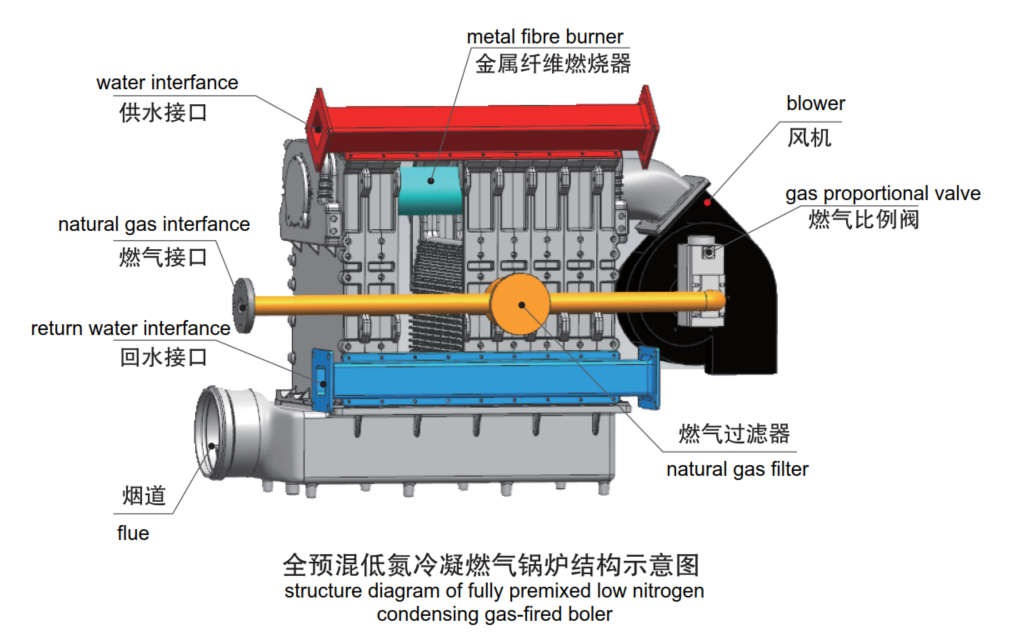- Afrikaans
- Albanian
- Amharic
- Arabic
- Armenian
- Azerbaijani
- Basque
- Belarusian
- Bengali
- Bosnian
- Bulgarian
- Catalan
- Cebuano
- China
- China (Taiwan)
- Corsican
- Croatian
- Czech
- Danish
- Dutch
- English
- Esperanto
- Estonian
- Finnish
- French
- Frisian
- Galician
- Georgian
- German
- Greek
- Gujarati
- Haitian Creole
- hausa
- hawaiian
- Hebrew
- Hindi
- Miao
- Hungarian
- Icelandic
- igbo
- Indonesian
- irish
- Italian
- Japanese
- Javanese
- Kannada
- kazakh
- Khmer
- Rwandese
- Korean
- Kurdish
- Kyrgyz
- Lao
- Latin
- Latvian
- Lithuanian
- Luxembourgish
- Macedonian
- Malgashi
- Malay
- Malayalam
- Maltese
- Maori
- Marathi
- Mongolian
- Myanmar
- Nepali
- Norwegian
- Norwegian
- Occitan
- Pashto
- Persian
- Polish
- Portuguese
- Punjabi
- Romanian
- Russian
- Samoan
- Scottish Gaelic
- Serbian
- Sesotho
- Shona
- Sindhi
- Sinhala
- Slovak
- Slovenian
- Somali
- Spanish
- Sundanese
- Swahili
- Swedish
- Tagalog
- Tajik
- Tamil
- Tatar
- Telugu
- Thai
- Turkish
- Turkmen
- Ukrainian
- Urdu
- Uighur
- Uzbek
- Vietnamese
- Welsh
- Bantu
- Yiddish
- Yoruba
- Zulu
ታኅሣ . 04, 2024 16:01 Back to list
Innovative Techniques in Cement Casting for Enhanced Durability and Aesthetic Appeal
Exploring Cement Casting Techniques, Benefits, and Applications
Cement casting is a versatile technique that has gained immense popularity in the construction and artistic realms. This method involves pouring a mixture of cement, water, and aggregates into a mold to create durable structures and decorative objects. The process is not only efficient but also allows for a remarkable degree of customization, making it an ideal choice for various applications ranging from construction elements to artistic sculptures.
The Basics of Cement Casting
The cement casting process begins with the preparation of the casting mix. This typically involves combining Portland cement with aggregates like sand, gravel, or crushed stone. Water is then added to initiate the hydration process, which ultimately leads to the hardening of the mixture. The proportions of each component can be adjusted based on the desired properties of the finished product, such as strength, texture, and appearance.
Once the mix is prepared, it is poured into molds. These molds can be made from various materials, including plastic, metal, or wooden frames, and can be designed in myriad shapes and sizes. After pouring the mix into the mold, it is essential to allow sufficient time for curing. Curing is a critical phase that ensures the cement hardens properly, achieving its optimal compressive strength and durability. Depending on the thickness and environment, curing can take anywhere from a few days to several weeks.
Benefits of Cement Casting
Cement casting comes with numerous advantages that make it a preferred choice for many builders and artists
1. Durability Cement is known for its strength and longevity, making cement castings suitable for both indoor and outdoor applications. Properly cured cement structures can withstand harsh weather conditions and heavy loads.
2. Customization The flexibility of cement casting allows for unique designs tailored to specific projects. Artists can create intricate sculptures, while architects can produce custom construction elements, such as columns, facades, and flooring.
3. Cost-Effective With the availability of readily accessible materials and the ability to create large volumes in one pour, cement casting can be a cost-effective solution compared to other manufacturing processes.
4. Sustainability Modern cement products can incorporate recycled materials, reducing the environmental impact of construction. Additionally, cement’s thermal mass can contribute to energy efficiency in buildings, helping regulate temperatures.
Applications of Cement Casting
cement casting

The versatility of cement casting is evident in its diverse applications across various fields
Construction
In the construction industry, cement casting is used to create foundational elements, walls, pavements, and decorative features. Cast-in-place elements are often used in modern building designs, combining functionality with aesthetic appeal.
Art and Design
Artists have embraced cement casting as a medium for creating sculptures and installations. The ability to manipulate the texture, color, and shape of cement allows for creative expression in various art forms. Outdoors, cement sculptures can enhance public spaces, parks, and gardens.
Landscaping
Cement casting is increasingly used in landscaping for creating hardscapes, such as benches, garden sculptures, pathways, and water features. Its durability and weather resistance make it an excellent choice for outdoor installations.
Furniture and Home Decor
Home decorators are also tapping into the potential of cement casting, producing furniture pieces such as tables, chairs, and lighting fixtures. The contemporary aesthetic of cement paired with other materials like wood or metal provides an industrial yet sophisticated look.
Conclusion
Cement casting is a unique and multifaceted technique that bridges the gap between functionality and artistic expression. With its numerous benefits and wide range of applications, it is poised to remain a significant part of the construction and art industries. As technology advances, new innovations in cement mixtures and casting methods continue to evolve, paving the way for exciting possibilities in both structural design and artistic endeavors. Whether in the construction of durable buildings or the creation of stunning artworks, cement casting is undoubtedly a process that merits appreciation and exploration.
-
8mm Thin-Walled Cast Steel Manhole Cover Pallet Bottom Ring | Durable
NewsAug.04,2025
-
Premium Cast Iron Water Main Pipe: Durable, Corrosion-Resistant
NewsAug.03,2025
-
Durable Cast Iron Water Mains | AI-Optimized Systems
NewsAug.02,2025
-
High-Efficiency Propane Boiler for Baseboard Heat | Save Energy
NewsAug.01,2025
-
Premium Source Suppliers for Various Gray Iron Castings
NewsJul.31,2025
-
Durable Cast Iron Water Main Pipes | Long-Lasting
NewsJul.31,2025


